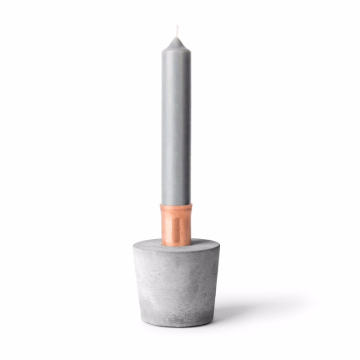A Tempura Tale
cnnindonesia.com: Dari Lumbung yang Kosong, Kami Temukan Kisah Penuh Makna
2025-06-16 21:59
CNNIndonesia.com, Kami berdiri di depan lumbung kayu yang menganga kosong. Tak ada bulir padi, hanya lantai tanah dan aroma kenangan yang tertinggal.
kompas.tv: Mereka Tak Lagi Percaya Janji, Tapi Masih Percaya Hari Esok
2025-06-14 14:04
Kompas.tv, Kami duduk bersama mereka—para petani yang sawahnya pernah dijanjikan irigasi, para ibu yang pernah menunggu bantuan yang tak kunjung datang, dan para guru honorer yang sudah lama berhenti ...
detik.com: Ketika Mikrofon Nasional Diam, Kami Mendekat Lebih Dalam
2025-06-10 22:41
Detik.com, Sementara televisi nasional ramai membahas inflasi di studio ber-AC, kami merekam Pak Joko (52) yang harus mengurangi jatah makan demi membayar kontrak gerobaknya yang naik 300%.
mediarevolusi.co.id: Bukan Sekadar Berita, Tapi Gerakan Sosial.
2025-06-09 18:02
MediaRevolusi.co.id: Bukan Sekadar Berita, Tapi Gerakan Sosial
Di tengah arus informasi yang semakin deras dan seringkali bias, MediaRevolusi.co.id hadir bukan hanya untuk menyampaikan berita, tap...




